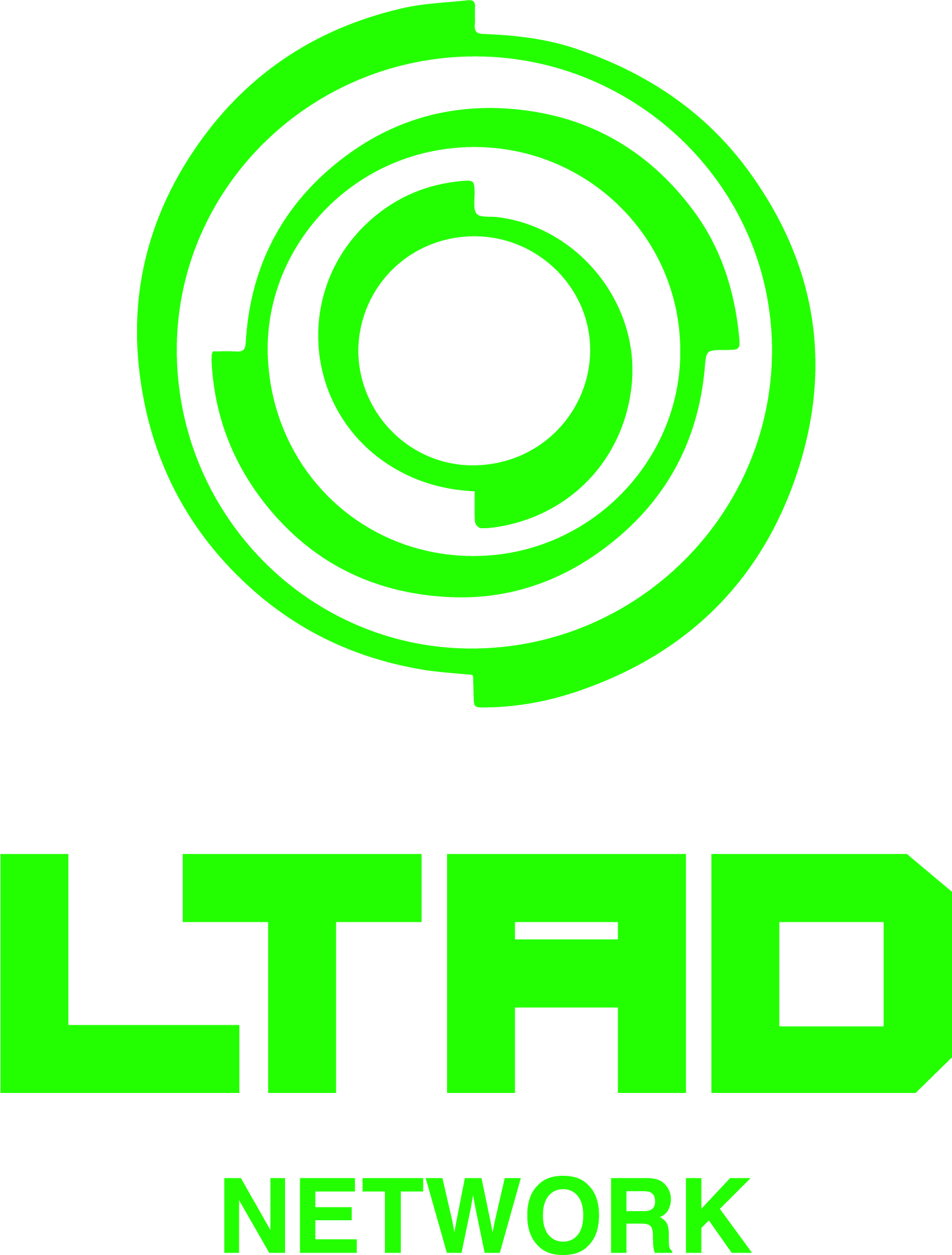Feb 10
/
Dr. Joe Eisenmann
The roots of growth and maturation and it's assessment
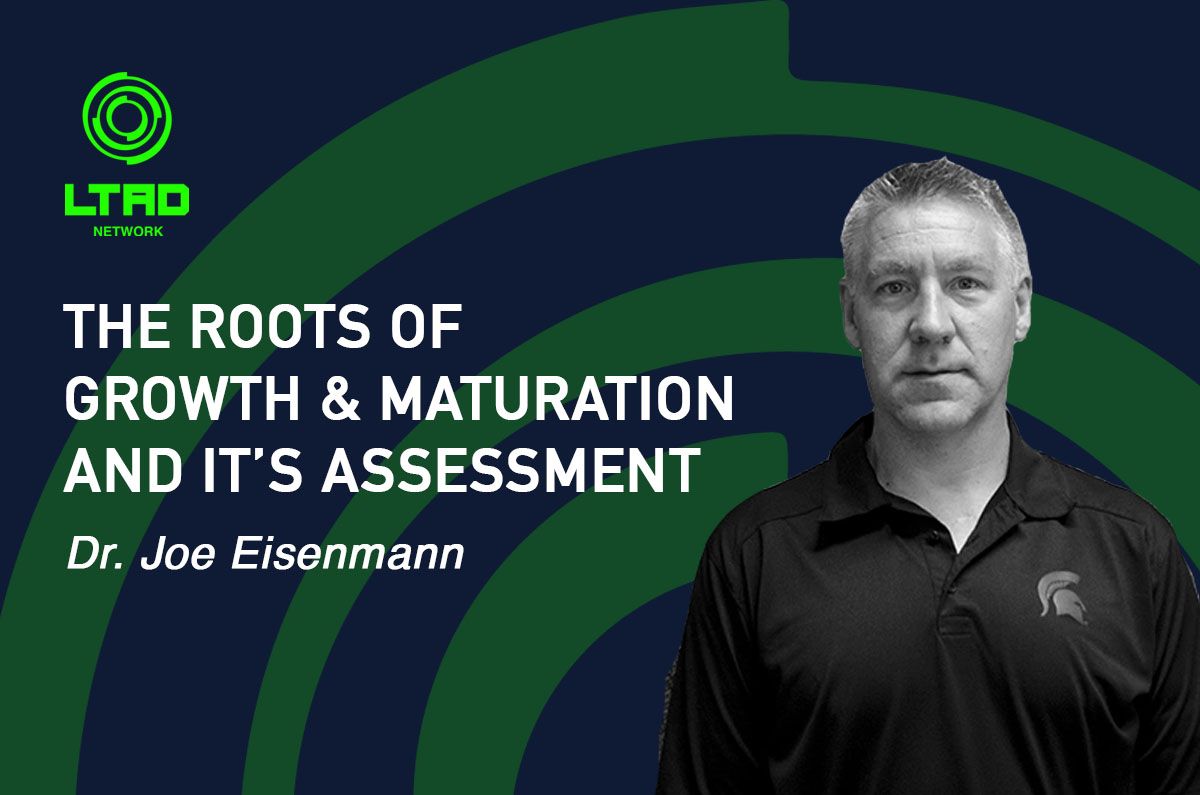
The people, teachings, and experiences that one
encounters helps shape our understanding and how we go about practicing our
craft.
I was fortunate enough to study and be mentored by
Professor Bob Malina while doing my PhD studies at Michigan State University. This
is also the time frame when I met my good friend, fellow PhD student, and
colleague Dr. Sean Cumming – a leading expert on the application of growth and
maturation to youth sports and biobanding (a topic to be covered in another
blog).

Professor Malina is regarded as one of the leading scholars in growth and maturation and its application to human health, physical activity and youth sports. He literally wrote the book on it. A key reference for anyone interested in this field.
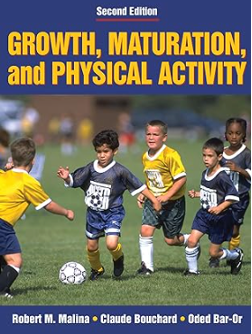
Auxologoy 101
During my PhD studies, which included reading many of the classics (i.e., Tanner’s Fetus into Man and Growth at Adolescence), the term ‘auxology’ was introduced to me. Auxology … hmmm… the study of ….. aux? It’s gotta be either Latin or Greek, right? Yes, aux- means “I let grow” in Greek. So, auxology is the study of human physical growth and development.
There is a dedicated organization to auxology called the International Society for the Study of Human Growth and Clinical Auxology. I attended this conference in 2004 in beautiful Florence, Italy at which time my collaboration and friendship with Dr. Adam Baxter-Jones emerged. By coincidence, Dr Baxter-Jones spent some time with Dr. James Tanner.
Kinanthropometry
Another term that is central to auxology is kinanthropometry. As defined by the International Society for the Advancement of Kinanthropometry (ISAK), kinanthropometry is the area of science concerned with the measurement of human body composition and body dimensions, including the interface between anatomy and movement. It takes the measurement of the human body and determines it's capability for function and movement in a range of settings.
One should easily see the connection between kinanthropometry, sports science and human growth and maturation. But, let’s actually back up for a moment and further explore growth, maturation and development.
The Business of Growing Up
A few phrases that Professor Malina engrained in me were: “ the “job” of a child is the business of growing up” and “first understand the system”.
Both of these moniker’s address understanding how children and adolescents grow, mature and develop. Let’s define and provide some insight into the terms of growth, maturation and development.
(Physical) Growth refers to the increase in the size of the body as a whole and its parts. Most often, we observe this phenomenon by the increasing height and body mass, which are expressions of the growth of tissues, organs and organ systems. In terms of the cardiorespiratory system, heart volume and mass follow a growth pattern to body mass, while the lungs and lung functions grow proportionally to height (and more specifically to trunk dimensions). The changes in body mass are a reflection of increases in lean and fat mass, which show sex differences beginning in adolescence. In brief, growth in lean mass significantly increases in males, whereas fat mass begins to accrue more in females. In addition, different segments of the body (e.g. trunk and leg length) also grow at different rates. Collectively, these quantitative changes manifest in age-, sex- and maturity-related changes in functional capacities and physical performance. These age-related changes are probably best observed via Scammon’s curves.

As the body is increasing in size, it is also progressing toward the biologically mature or adult state (maturation). Maturity status (state of maturation at the time of observation), maturity timing (when a specific maturational event occurs), and the tempo or rate of maturation vary considerably among individuals. The timing of maturity allows for the classification of youth as early, average, and late maturers.
In contrast to the physical and biological nature of growth and maturation, development refers to the acquisition of behavioral competence or the learning of appropriate behaviors expected by a culture or society. As children experience life at home, school, church, sports, recreational and other community activities, they develop cognitively, socially, emotionally, and morally. In essence, they are learning to behave in a culturally appropriate manner.
These definitions and these processes are what we mean by “first understand the system”. Too often, practitioners who train youth focus too much on training and trainability and not enough on understanding the system of normal growth and maturation.
Assessment of Growth & Maturation
As they say, “if you can’t measure it, you can’t manage it” (Peter Drucker) or “if you can not measure it, you can not improve it” (Lord Kelvin). In either case, human growth and maturation is all about measurement.
And it can be rather simple. The assessment of two key outcomes – standing height and body mass – are pretty straightforward. However, you still need to pay attention to measurement protocol. Garbage in equals garbage out.
I am not going to detail the standardized procedures for anthropometry here, but I will point you to the Anthropometric Standardization Manual and the ISAK certification manual. I also want to mention the importance of establishing the intra-rater reliability and technical error of measurement (TEM), and inter-rater reliability if more than one person is doing the assessments.
From the assessments of height and body mass, data can be plotted on a growth chart (distance curve) to determine the percentile, and if done longitudinally over time, growth rates or velocities (cm/yr, kg/yr) can be calculated and plotted. If performed during adolescence, the hallmark event of peak height velocity (and peak weight velocity) and the corresponding age at PHV (and PWV) can be identified.
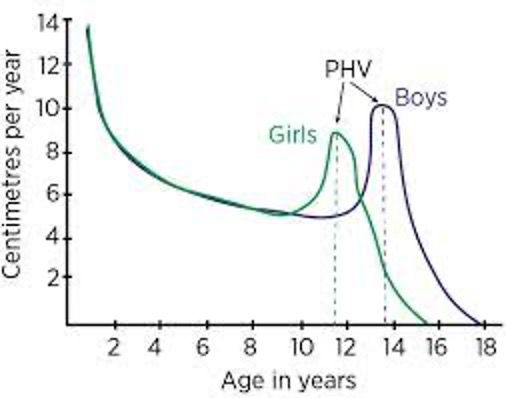
This leads us into the assessment of biological maturity with the age at PHV being an indicator of somatic maturation. The other assessments being sexual and skeletal maturation.
Direct assessment of the age at PHV is also limited to adolescence and requires longitudinal data that spans adolescence. However, predicted estimates of maturity status from cross-sectional assessments are increasingly used in research and the practical setting of youth sport. The two most widely used methods are the Khamis-Roche and maturity offset equations. The Khamis-Roche method provides the percentage of predicted adult height (%PAH) from child age, height, body mass and parental heights.
The maturity offset requires measures of child age, standing and seated height and weight. Both measures have been widely used in several youth academy programs. Although the accuracy of the maturity offset has been criticized in the literature, both measures possess error. You can learn more about the pros and cons of each method in this lively discussion that I moderated with colleagues Dr. Baxter-Jones and Dr. Cumming on the LTAD Network.
Secondary sex characteristics (i.e., often referred to as Tanner stages) are limited to the period of puberty beyond Tanner stage 1 or the pre-pubertal state, and outside of medical care have limited utility. Skeletal, or bone, age is intriguing since it can be applied from childhood through adolescence. Yet again, can have limited utility outside of medical care; however, that may be changing with some new technology.
Direct assessment of the age at PHV is also limited to adolescence and requires longitudinal data that spans adolescence. However, predicted estimates of maturity status from cross-sectional assessments are increasingly used in research and the practical setting of youth sport. The two most widely used methods are the Khamis-Roche and maturity offset equations. The Khamis-Roche method provides the percentage of predicted adult height (%PAH) from child age, height, body mass and parental heights.
The maturity offset requires measures of child age, standing and seated height and weight. Both measures have been widely used in several youth academy programs. Although the accuracy of the maturity offset has been criticized in the literature, both measures possess error. You can learn more about the pros and cons of each method in this lively discussion that I moderated with colleagues Dr. Baxter-Jones and Dr. Cumming on the LTAD Network.
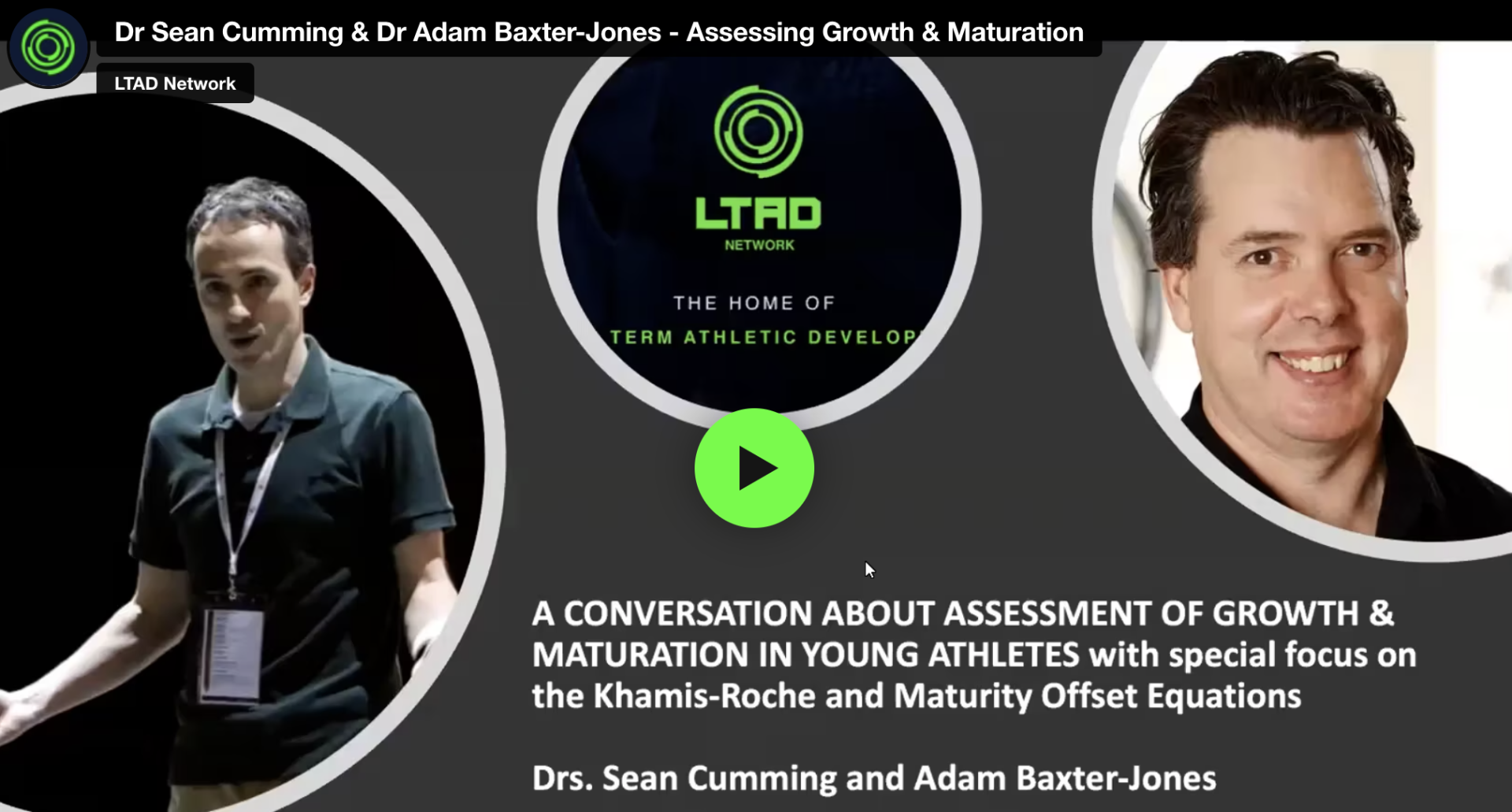
Sign up here to explore and get instant access tons of free resources.
Access the whole of the LTAD Network learning platform completely free for a month using the code 'FREEMONTH' at sign up. That will unlock the 150+ hour video library including all the latest conference talks, plus access to the Youth Physical Development pathway resource.
Access the whole of the LTAD Network learning platform completely free for a month using the code 'FREEMONTH' at sign up. That will unlock the 150+ hour video library including all the latest conference talks, plus access to the Youth Physical Development pathway resource.
Stay tuned for next month’s blog covering Speed Development in Youth thru Juniors.
In the spirit of growing up – Joe Eisenmann, PhD
Get in touch
-
Email: info@ltadnetwork.com
-
LTAD Network T/A Proformance S&C LTD
-
Terms and Conditions
-
Privacy Policy
-
About Us
Copyright © 2024
